Disclaimer: San Pedro cactus is a largely illegal substance, and we do not encourage or condone its use where it is against the law. However, we accept that illicit drug use occurs and believe that offering responsible harm reduction information is imperative to keeping people safe. For that reason, we have designed this guide to enhance the safety of those who decide to use San Pedro and mescaline.
This article has been medically reviewed by Katrina Oliveros, MSN-ED, BSN
Maria Katrina is a trauma-informed Wellness Educator and Psychedelic Harm Reduction Consultant. Beyond nursing, she supports health & wellness teams through medical aid, psychedelic harm reduction, and integration services.
When people think about mescaline, the first cactus that comes to mind is peyote. This slow-growing and sacred plant, revered by the Native American Church, deserves its reputation as an influential plant teacher. But there are many other mescaline-containing cacti. Of these, the San Pedro cactus is the most famous. Known to botanists as Echinopsis pachanoi or Trichocereus pachanoi, this cactus is a remarkable plant medicine in its own right.
Things to Know Before Experiencing the San Pedro Cactus
Natural History of San Pedro
This cactus grows wild in the Peruvian Andes mountain ranges of South America and can be found throughout Colombia, Ecuador, Peru, Bolivia, Argentina, and Chile. Archaeological evidence suggests that it has been used in entheogenic rituals throughout the Peruvian Andes for at least 3,000 years by the Chavín culture that predates the Incan empire.
In Quechua, the language of the Indigenous people of these regions, San Pedro is called huachuma, wachuma, or achuma. Although the traditional use of San Pedro was frowned upon by the Spanish missionaries who arrived with colonization, this powerful plant medicine became associated with Catholic traditions in some areas. This fusion of cultures gives us its common name: San Pedro is Spanish for “Saint Peter” due to its ability to allow its consumers to have divine or ‘heavenly’ experiences.
These Andean traditions are far from being lost: many intrepid adventurers travel to the Andes around Cusco to experience authentic San Pedro ceremonies for themselves.
Set and Setting for Huachuma
The mescaline in San Pedro, like all psychedelics, can radically alter your perceptions, temporarily impact your judgment, and uncover deep emotions. Plan to be somewhere safe and comfortable. Legality of mescaline is still an issue in most countries, so keep that in mind when choosing where and when you make use of it.
Surround yourself with good people or a good person: someone you know and trust. Tripping alone can sometimes be challenging and potentially frightening. Even if you’re experienced with other psychedelics and are used to solo journeys, it’s a good idea to have somebody with you if you’re trying something new. The safest way to approach this situation is to be with a friend or facilitator who is sober, reliable, and has had their own San Pedro cactus experience.
San Pedro’s Psychedelic Journeys Last Longer than Ayahuasca
San Pedro, along with other sources of mescaline, is longer lasting than many other classic psychedelics.
Typically, someone ingesting San Pedro would gradually feel effects after 30 to 90 minutes, experience a sometimes long peak lasting somewhere between three and five hours, and continue to experience additional subjective effects for another four to six hours.
Mescaline experiences can be over twice as long as a psilocybin mushroom experience or up to 50% longer than an LSD experience of similar intensity, so plan accordingly!
How Long to Recover
Many people who’ve used San Pedro and other mescaline-containing cacti report long and pronounced afterglow effects. Exactly how long it takes to return to something like your baseline will depend on the dosage, the intensity of the experience, and the time of day it occurred.
Due to its long-lasting qualities, if you start your San Pedro ceremony in the evening or afternoon, you may not sleep at all that night. So whether you use San Pedro at night or participate in a more traditional morning ceremony, it would be best not to drive, operate machinery, or go to work until you’ve had at least one good night’s sleep and have returned to your baseline.
As with all psychedelic substances, it’s essential to take the time to work through what San Pedro might be trying to tell you and how to put this into action in your everyday life.
You may feel you have been through something particularly life-changing. In this case, it may be helpful to seek guidance from an integration specialist who has personal experience with psychoactive plants.
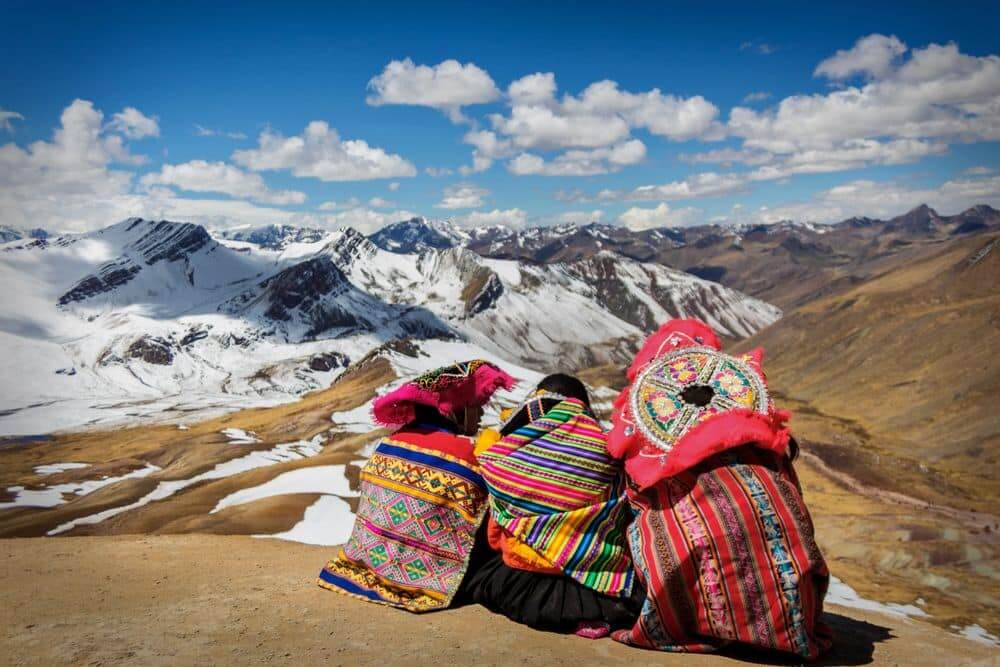
Common Huachuma Experiences
The effects of San Pedro are mainly caused by the hallucinogenic alkaloid mescaline, though other alkaloids contribute to a unique entourage effect.
To minimize risk, San Pedro should not be mixed with stimulants or monoamine oxidase inhibitors (MAOIs) and should never be used in combination with Tramadol. SSRI-based antidepressants are thought to be reasonably safe to combine with mescaline, but can noticeably decrease the psychedelic intensity of the experience.
Tryptamines such as DMT could be used in combination with mescaline, but this would be an exceptionally intense experience and is generally not recommended for most people.
Common positive effects:
- Increased energy
- Distortions of distance or size
- Increased color perception
- Experiences of oneness, love, or interconnectedness
- Experience of geometric patterning or mandala-like visions on objects or scenery
- Open- or closed-eye visualizations of a spiritual, personal, or transcendent nature (more common at higher doses)
Common negative effects:
- Nausea
- Sweating
- Dizziness
- Increased heart rate
- Challenging experiences (anecdotally thought to be rarer than for ayahuasca, but still possible)
We have drawn the effects detailed above from research and mescaline trip reports of full-blown psychedelic experiences. But people are increasingly experimenting by microdosing with San Pedro.
As expected, this produces subtle versions of what you might experience on a more potent dose. Commonly-reported effects of microdosing mescaline seem to be a reduction in “overthinking” and rumination, improvements in general mental health, as well as increases in confidence and energy.
As with all microdosing, it’s important to take care with calibrating your dose and be mindful of how it might have impacted your perceptions before doing things like driving. Some people have found microdosing can help them be more honest in their communications, and it can take time for friends or colleagues to adjust. Whether or not mescaline’s empathogenic effects moderate this is not yet clear.
But What is a San Pedro Experience Really Like?
Lists of effects are one thing, but sometimes it takes personal accounts to give a fuller idea of what to expect. These few reports only scratch the surface, but they are representative of what many people experience with huachuma.
An excellent San Pedro cactus trip report on Erowid (which is worth reading in its entirety) details the experience of a delicate but universal connection that spans the cosmos: Is there a universal biosphere? Later in the trip, after the Sun had set and we sat looking up at the night sky, this thought returned. Since we were able to experience this light from other stars, many of which likely provided the energy necessary for life in their own solar systems, it did feel like the entirety of life in the universe was somehow connected, if only by a thin thread.
An anonymous backpacker in Ecuador reported seeing the lives of others, but in a way that helped give context to their own lives: The walls showed us a dazzling array of ideas, past and present. Although we could see faces, it wasn’t like a film playing out in front of our eyes, the faces barely moved. They appeared to be in deep thought, perhaps mirroring our own expressions and showed us not only our place in the universe but our place in each other’s lives.
Aubrey Marcus, founder of Onnit and subject in the documentary Huachuma: The Forgotten Psychedelic, recounts a closed-eye vision he experienced at the peak of a huachuma journey in the Amazon: I saw a demonic silhouette, surrounded by a dozen fires. My reaction was to open my eyes, look at the river, dispel his image. But I had enough experience in visionary waters to know I needed to see this through to the other side or it would haunt me forever. The demonic face left and in its stead was the presence of the Earth mother, or Pachamama as the locals would say. She was kind, wise, loving, and powerful. Her hair was the desert, her heart was the magnetic core, her loins were the jungle.
All psychedelic experiences are unique, and those produced by San Pedro are no different. One common thread through these trip reports is that, while the visual effects can be spectacular, the sense of connection to others and understanding something more profound about the world and ourselves is most life-changing. More than the dazzling geometry or fantastic visions, this feeling drives the change that takes place in people who have experienced huachuma.
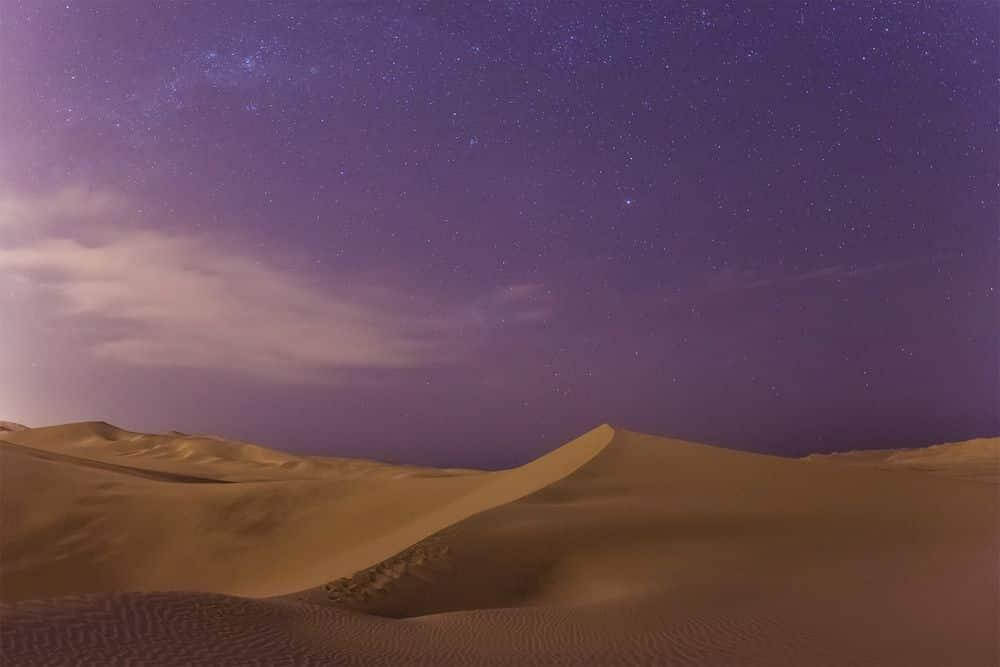
Where to Try San Pedro
Do you want to try San Pedro, aren’t sure where to start, or perhaps don’t know anyone with the experience to supervise or guide you? If the answer is yes, Third Wave can help! We maintain an extensive directory of carefully vetted retreats, clinics, and therapists who can assist you on all stages of your journey.
Can Third Wave Teach Me About Other Shamanic Plants and Fungi?
If you’re interested in learning how a range of different psychedelics can help you get in touch with your emotions and support your healing journey, but aren’t ready for a full-scale macrodose experience, take a look at our Microdosing Course. We’ll help you develop a customized, step-by-step process to change habits, enhance creativity, and optimize performance using the latest research from cutting-edge scientists and doctors.
You can also check out Third Wave’s Mushroom Grow Kit and Course to learn how to easily grow mushrooms from home.

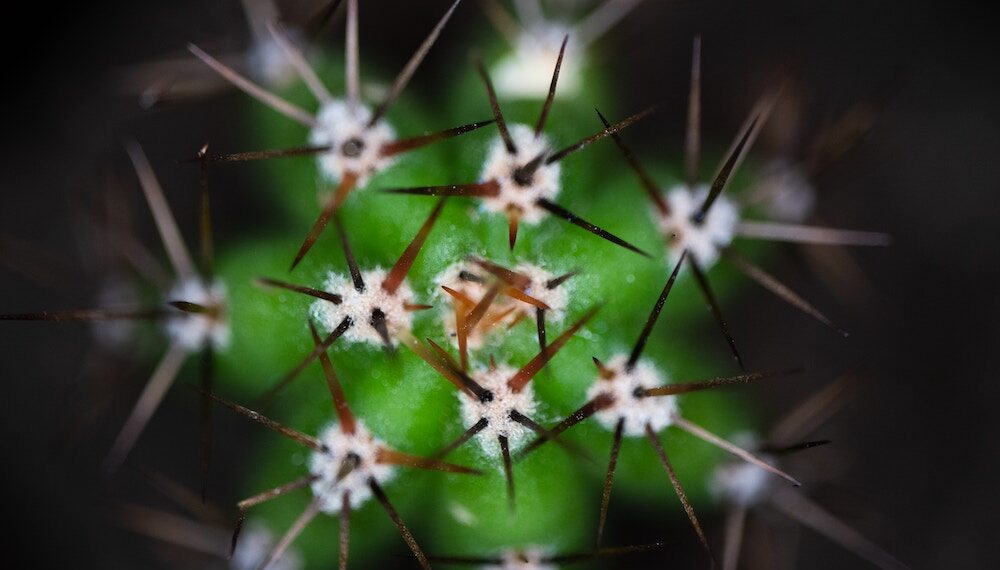
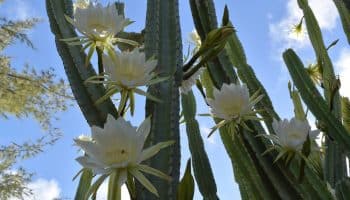
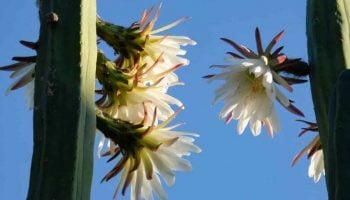
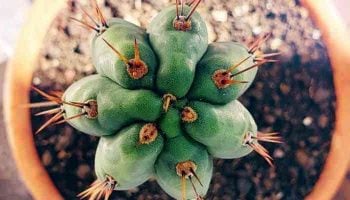
Hey guys! Your site is awesome. You’ve been my resource during this entire journey, thank you!
I’ve found a church in my area (Florida) that specializes in plant medicines as a retreat. What are the requirements to be listed on your site?
Hi! So glad you find our content valuable.
Currently, our directory features vetted and verified retreats, clinics, therapists, and coaches. If you would like to inquire about possibly getting listed, please visit this page https://directory.thethirdwave.co/get-listed/
Hi, does the San Pedro commonly grown in the US (CP) not contain mescaline?
Hi Brenda,
Why yes it does! To my knowledge, all San Pedro cacti (even the ones at your local garden store) contain mescaline.
Hi Brenda, yes San Pedro does contain mescaline. You can get all the info you need in our guide here: https://thethirdwave.co/psychedelics/san-pedro/
In the disclaimer, it says “San Pedro cactus is a largely illegal substance”. This is a misleading statement since the cactus itself, unlike peyote, is legal to buy and grow throughout the US and most of the world.
Hi Roger, Thanks for the comment. The cactus is legal, extracted mescaline is not.